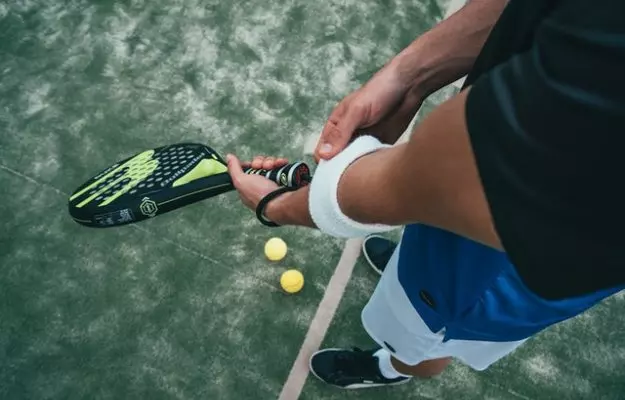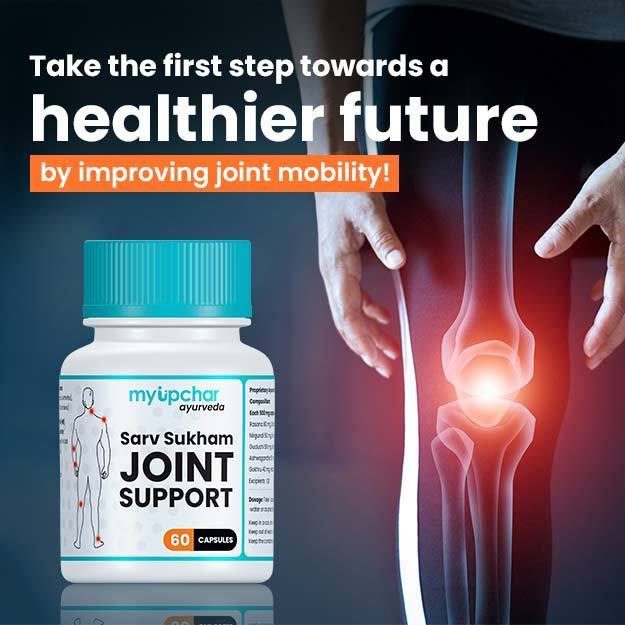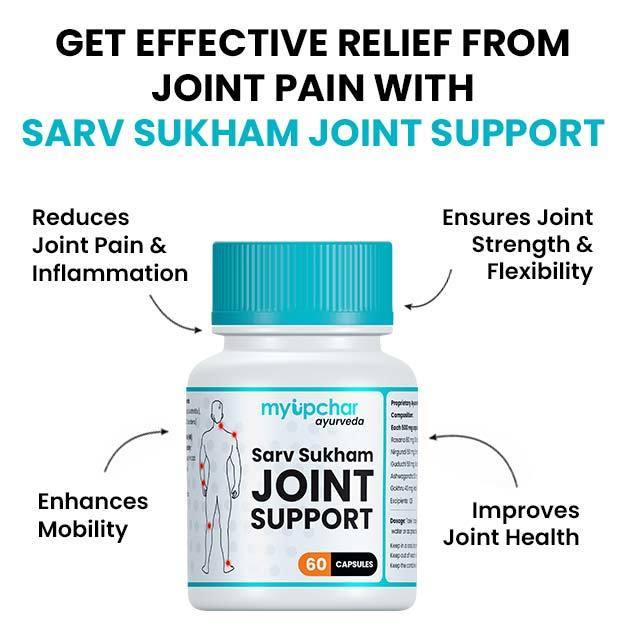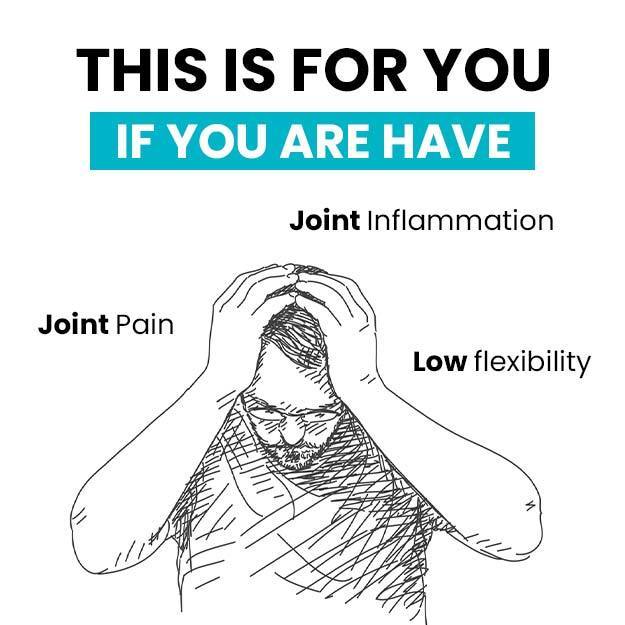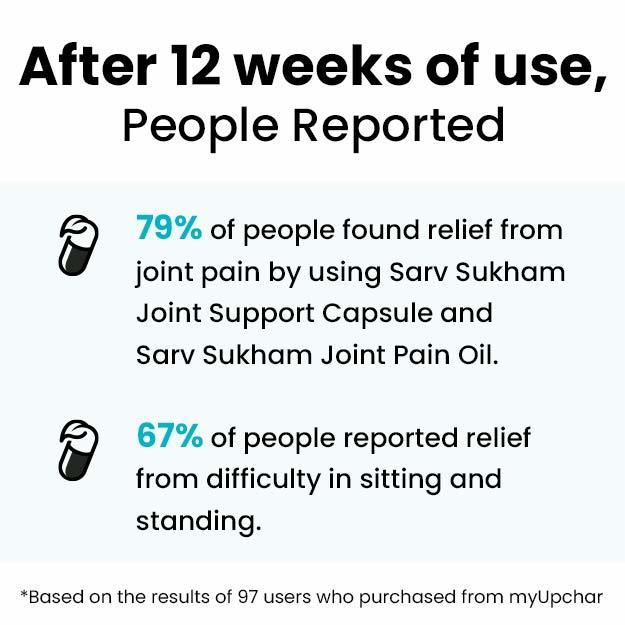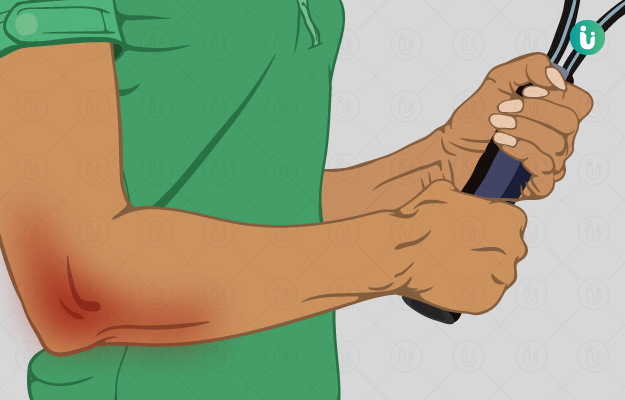Repetitive strain injuries are part and parcel of our daily lives. While elite sportspersons or even fitness enthusiasts can suffer from a number of problems due to the motions they perform repeatedly in their sport, office workers are also prone to overuse injuries if they perform the same actions - like typing messages, clicking the mouse and reading on their phone - over and over again.
Tennis elbow is one of the more common overuse injuries. It affects the outside of the elbow joint. Also known as lateral epicondylitis, it is a condition in which tendons attaching the forearm to the elbow joint become inflamed as a result of strain on the elbow. Sports that require upper arm strength and involve throwing a ball or overextending the elbow joint as in racquet sports like tennis, badminton and squash, or even professions that involve the use of heavy machinery can give rise to such conditions.
Usually, tennis elbow affects people between the ages of 30-50 years - though it can affect anyone. While tennis elbow can put you out of action for a while, it is possible to make a full recovery. With a combination of rest, medication and rehabilitation to strengthen the tendons and ligaments, one can return to their favourite physical activity.
Tennis elbow exercises focus on improving grip strength and strengthening the muscles in the forearm and wrists. Read on to know which exercises help patients recover from tennis elbow.

